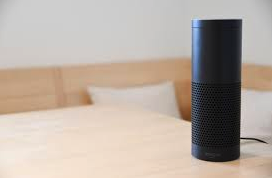
-
Membership
Become a Member
Show your committment to patient safety, legal compliance and community over competition.
-
Training
Join and Save
AmSpa members receive preferred pricing on all AmSpa live and virtual trainings.
-
Blog & News
Latest Blog Posts
View All PostsDon't Miss an Update
Get the latest news and information about safe, legal practice in medical aesthetics directly in your inbox.
-
Resources
Ready to Get Started?
Get access to med spa laws, in-person and online training and more!
- Contact Us
- Become A Member




 In a not so distant past, people would look at me with expressions of concern as I attempted to verbally coerce my computer into not crashing as I submitted by term paper minutes before the deadline. While talking to inanimate objects used to be a sign for concern (unless you’re David Hasselhoff accompanied by KITT from Knight Rider), nowadays it is an everyday occurrence for much of the population.
In a not so distant past, people would look at me with expressions of concern as I attempted to verbally coerce my computer into not crashing as I submitted by term paper minutes before the deadline. While talking to inanimate objects used to be a sign for concern (unless you’re David Hasselhoff accompanied by KITT from Knight Rider), nowadays it is an everyday occurrence for much of the population.